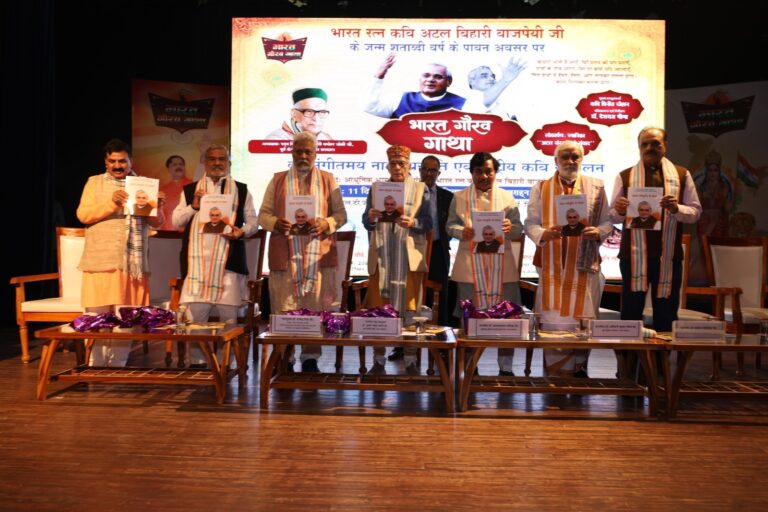
World Cities Day 2021
Geneva: Well over half the world’s population already lives in towns and cities. By 2050, that proportion is expected to increase to almost 70%. On World Cities Day 2021, we see how this rapid urban growth presents both challenges and opportunities.
The climate and COVID-19 crises have exacerbated existing social injustices and vulnerabilities in our communities and our health systems, especially in cities.
Inadequate housing and transport, poor sanitation and waste management, and air quality that fails to meet the World Health Oorganization (WHO) guidelines are still big issues in many cities. The lack of space for safe walking, cycling and active living also make cities epicentres of the noncommunicable diseases epidemic and drivers of climate change.
But there are cities that reacted rapidly and innovatively to address the challenges raised by COVID-19 and keep citizens safe from the virus, including by adapting the way people travel, maintaining food security and safety, and protecting older people and marginalized populations.
During the pandemic, many cities have strengthened existing networks and partnerships with communities to best respond to people’s needs, while strengthening multisectoral collaboration and strong leadership from the health sector.
WHO stated today that it has been supporting cities in building and shaping these policies and actions. The Organization wants to ensure that this progress continues so that cities are better prepared to face future health emergencies.
Cities with a strong focus on public transport, access to blue and green spaces, and where it is easy for people to walk around will be more accessible, provide more equal access to goods and services, and provide a healthier living environment.
Urban farmers’ markets – connecting consumers with local producers of fresh fruits and vegetables – have been seen to prevent diseases and promote health, improve social well-being, while also addressing climate change and environmental degradation. They have also helped residents cope with the effects of public health measures, such as COVID-19 lockdowns.
What does building urban resilience look like?
WHO stated that the governments should integrate health, emergency preparedness, equity, and nature considerations into urban and regional planning policies and interventions, including in economic impact and cost-benefit assessments.
“They should promote land-use policies and interventions that deliver diverse, compact, green, and well-connected cities, and secure sustained funding and resources for delivering on healthy urban environments for both humans and nature. As a priority they should also prepare – at the highest level of government in all Member States – for health emergencies in cities and urban settings,” it stated.
– global bihari bureau





